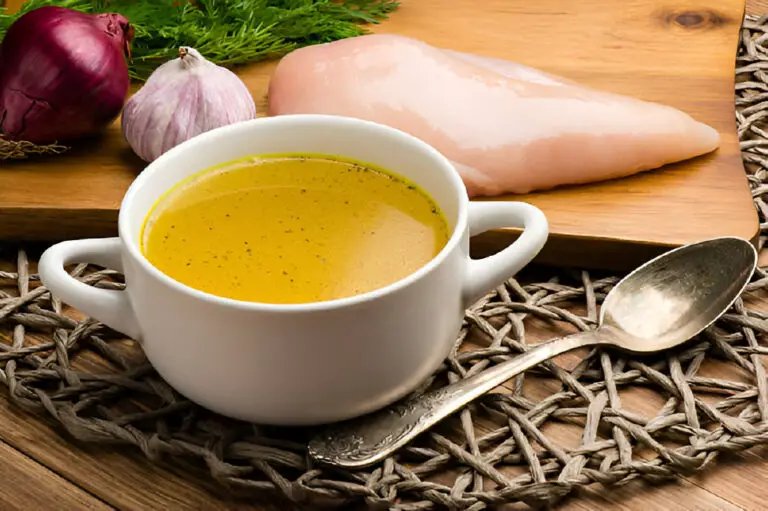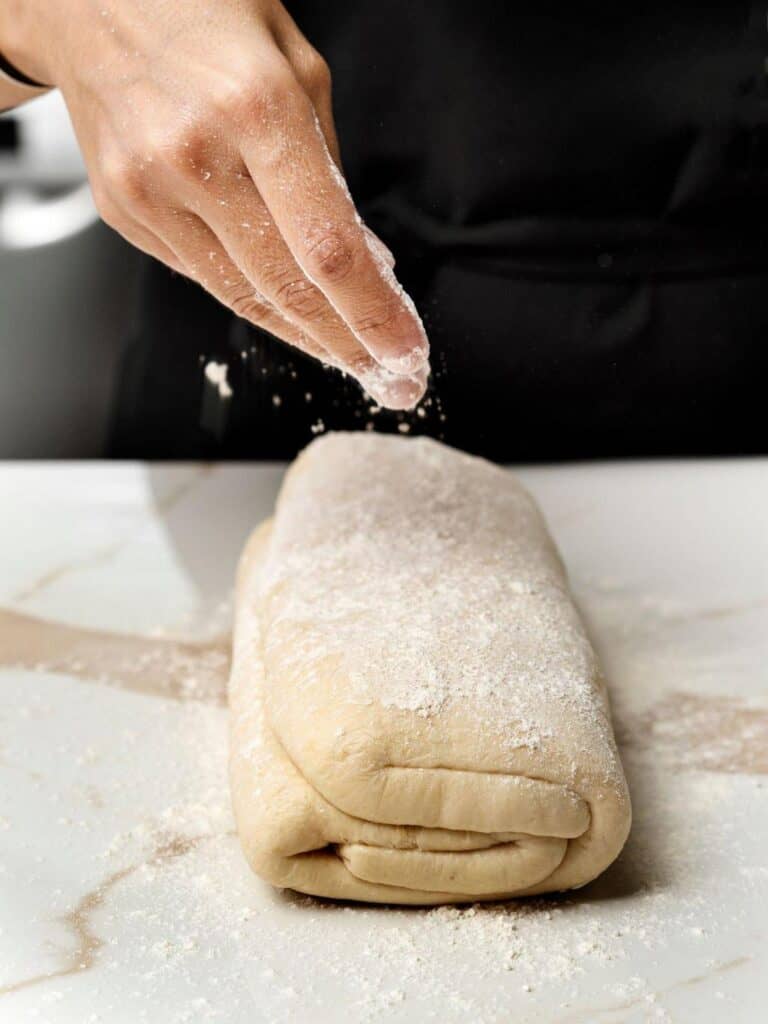Starkist Tuna: Is It Really Tuna or Just a Brand Name?
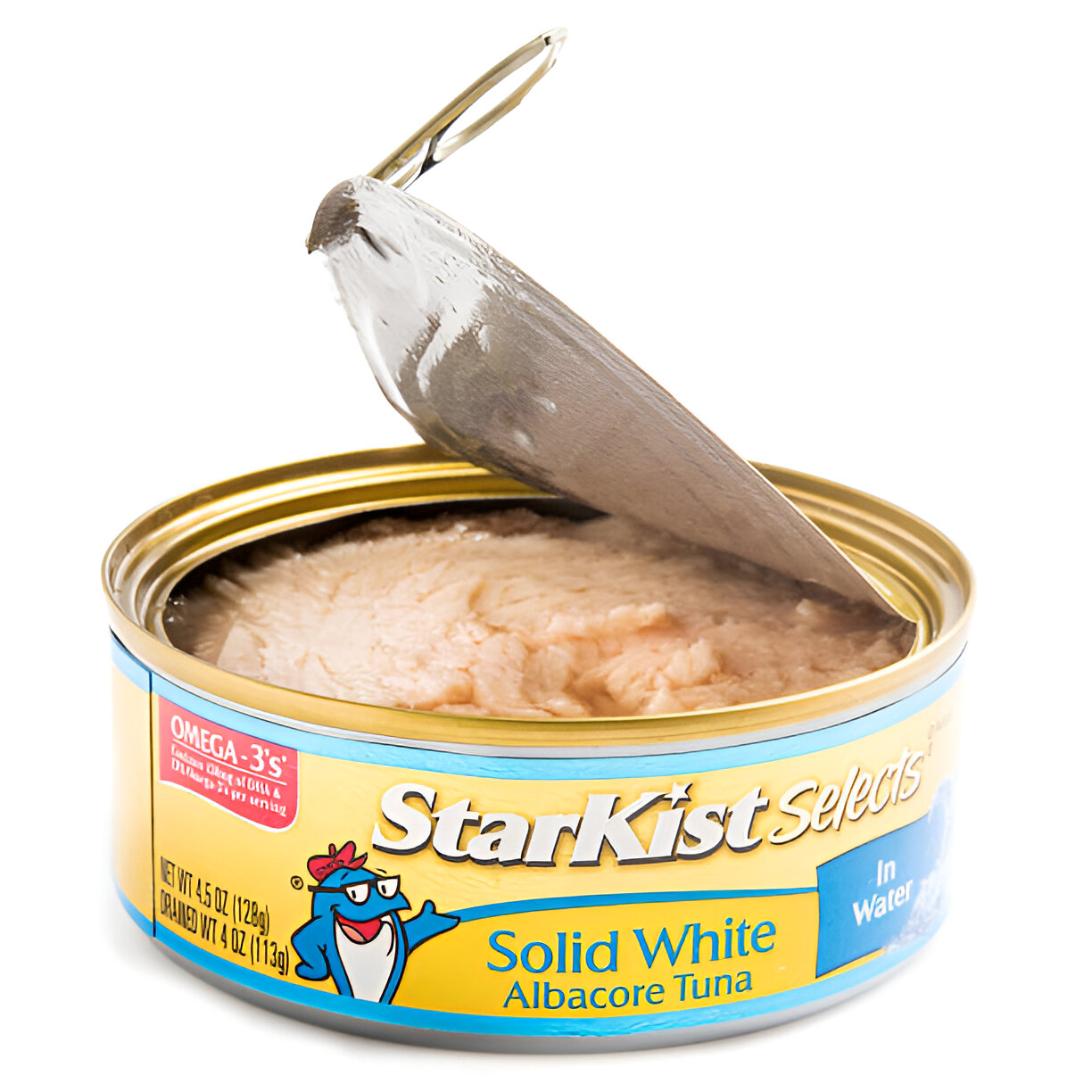
I can’t count how many times I’ve grabbed a can of Starkist tuna from the grocery store shelf. It’s a staple in my pantry, perfect for quick lunches, salads, and even a late-night snack when I don’t feel like cooking. But one day, as I stood there, staring at the bright yellow can with the familiar blue dolphin logo, a thought crossed my mind: Is this really tuna? Or is it just a brand name pushing something else?
So, I decided to dig into the truth behind Starkist tuna, its ingredients, and how it stacks up to the real deal. Is it just cleverly marketed seafood, or does it actually deliver on the promise of fresh, high-quality tuna? Grab a seat and let me take you through what I found.
What is Starkist Tuna, Really?
When it comes to canned tuna, Starkist is a household name. But what exactly are we eating when we crack open that can? The short answer is yes—Starkist tuna is real tuna, but there’s more to the story than just that.
Starkist primarily uses yellowfin tuna or skipjack tuna in its products. These are both real species of tuna found in the wild, specifically in the waters of the Pacific and Atlantic Oceans. Yellowfin tuna is known for its slightly stronger flavor and firm texture, while skipjack tuna tends to be milder with a softer texture. Both types of tuna are commonly used in canned tuna because they’re abundant, fast-growing, and relatively low in cost compared to other types of tuna, like bluefin.
However, the way Starkist processes and packages the tuna can vary depending on the type of product. Some varieties are packed in water, others in oil, and there are even flavored options like chunk light and solid white—all of which might make you wonder just how much of the “real” tuna you’re actually getting.
Marketing vs. Reality: How Starkist Positions Itself
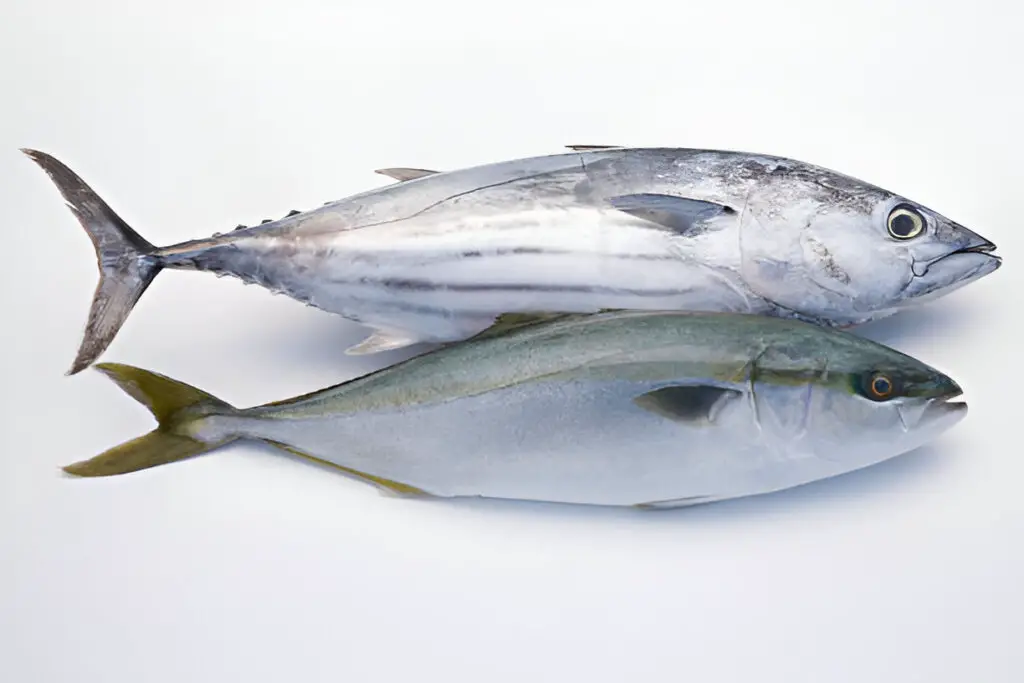
Starkist has mastered the art of marketing, positioning itself as a trusted, convenient option for tuna lovers. Their bright packaging and catchy slogans, like “StarKist Tuna, the Star of the Sea,” create an image of high-quality, fresh seafood. However, behind the flashy ads, it’s important to consider how Starkist actually delivers on these promises.
Starkist promotes its products by highlighting the health benefits of tuna, such as being a source of protein and omega-3 fatty acids. They often feature slogans emphasizing the “100% tuna” claim, implying a pure, nutrient-packed fish. However, when you look closer at the ingredients list, you’ll notice additives like salt, oil, or broth, which may dilute the simplicity and purity that the brand claims.
Consumers often equate Starkist with premium tuna, but the reality is a bit more complex. While their products are real tuna, they’re processed and packaged in ways that impact both flavor and nutritional content. It’s crucial for shoppers to look past the marketing and consider what’s actually in the can.
| Claim in Marketing | Reality |
| “100% tuna” | Primarily skipjack and yellowfin tuna, but with additives. |
| “High in Omega-3” | Contains omega-3, but not as concentrated as fresher tuna. |
| “Healthy protein source” | Added sodium and oil reduce health benefits. |
The Ingredients Breakdown: Is It Really Just Tuna?
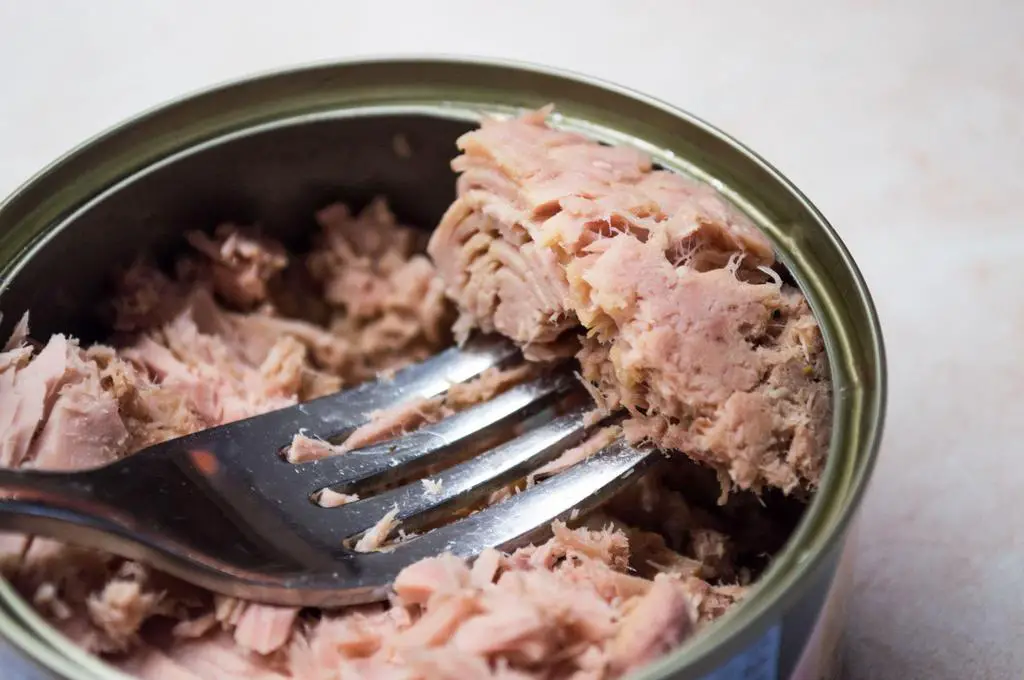
Starkist touts itself as “100% tuna” on its labels, but when you take a closer look at the ingredients list, things get a little more complicated. In most cases, the primary ingredient is indeed tuna, but there are often other additives involved, depending on the variety. Let’s break it down:
- Tuna – This is, of course, the star of the show. Whether it’s yellowfin or skipjack, it’s the meat from the fish that makes Starkist tuna. The tuna is typically cooked before it’s canned, making it easier to pack and ensuring a long shelf life.
- Water or Oil – Most canned tuna is packed either in water or oil to keep it moist and preserve its flavor. Water-packed tuna is often considered the healthier option, as it contains fewer calories and fat than oil-packed varieties. Oil, however, enhances the flavor and keeps the tuna richer, which some people prefer.
- Salt – A bit of salt is added for flavor and preservation. It’s not a huge concern for most of us, but if you’re watching your sodium intake, it’s worth keeping an eye on how much salt is in your can.
- Vegetable Broth (in some cases) – Some cans contain vegetable broth, which can add flavor, but also brings extra sodium and sometimes other preservatives. If you’re looking for something as close to “pure” tuna as possible, this might be something to consider.
- Flavorings or Spices (for flavored varieties) – If you’re opting for a flavored tuna, such as lemon pepper or tuna with a dash of olive oil, then there are additional ingredients. These can include spices, herbs, or even artificial flavorings.
So, while it’s true that Starkist tuna is mostly made of actual tuna, the added water, oil, and flavorings do affect the purity of the product. In other words, you’re not getting just a big chunk of raw fish—there’s a bit more to it than that. But is it still real tuna? Absolutely.
Yellowfin, Skipjack, and the “Chunk Light” Debate
Now that we know what’s in the can, let’s dive into one of the most common points of confusion: the difference between “chunk light” and “solid white” tuna. If you’ve ever stood in front of the tuna aisle, you’ve probably seen these labels and wondered what they actually mean.
Chunk Light refers to tuna that’s typically made from skipjack, the smaller species of tuna. Skipjack tends to have a darker color and a stronger, fishier flavor than the light, pale flesh of yellowfin. “Chunk light” is often a more affordable choice because skipjack is plentiful, grows quickly, and is less expensive to catch. It’s also less meaty than yellowfin, so you often get a more shredded texture in the can.
Solid White, on the other hand, is usually made from yellowfin tuna, which has a milder flavor and firmer texture. Solid white tuna is typically considered higher quality because the chunks are larger and the tuna is less flaky. It’s also lighter in color and milder in flavor, making it a popular choice for recipes like tuna salad or sandwiches.
Here’s a quick comparison table to help make sense of it:
| Type | Tuna Species | Texture | Flavor | Cost |
| Chunk Light | Skipjack | Flaky, shredded | Stronger, fishier | More affordable |
| Solid White | Yellowfin | Firm, larger chunks | Milder, cleaner taste | More expensive |
While both are real tuna, the choice between chunk light and solid white comes down to personal preference and how much you’re willing to pay for a more refined product. Neither is “fake” tuna, but their differences in texture and flavor might make one more appealing for certain dishes.
The Environmental Impact: Is Starkist Tuna Sustainable?
Let’s be honest: as consumers, we don’t just want to know what’s in the can. We also care about where it comes from and how it impacts the environment. Tuna fishing, like any other industry, comes with its fair share of sustainability concerns. Overfishing, bycatch (the unintentional capture of non-target species), and habitat destruction are all issues that need addressing in the tuna industry.
Starkist has made strides toward sustainability, with initiatives such as their membership in the Earth Island Institute’s Dolphin Safe program, which ensures that their tuna is caught in ways that avoid harming dolphins and other marine life. They also participate in Fishery Improvement Projects (FIPs), working with other organizations to improve the sustainability of tuna fishing practices. However, there’s still room for improvement in the overall environmental impact of tuna fishing.
To ensure that you’re buying sustainably sourced tuna, look for labels like Marine Stewardship Council (MSC) certification, which guarantees that the tuna was caught using responsible practices. Starkist does offer some MSC-certified products, but it’s always good to double-check.
Is Starkist Tuna Really Tuna? Yes, But…
So, is Starkist tuna really tuna? Yes, it is! The brand uses real tuna, primarily yellowfin and skipjack, to create their various products. But is it as pure and simple as the name might suggest? Not exactly. The added water, oil, and sometimes flavorings do change the experience of eating it. And if you’re looking for tuna that’s caught sustainably or free from additives, it’s worth digging deeper into the labeling and certifications.
Ultimately, Starkist delivers a convenient, affordable option that’s close to the real thing. If you’re a tuna fan who’s not too picky about texture or additives, you’ll find a lot to love in Starkist. But if you’re after something more pristine or sustainable, you might want to explore other options.
In the end, the real question isn’t just about whether Starkist tuna is tuna—it’s about what kind of tuna experience you’re after.

